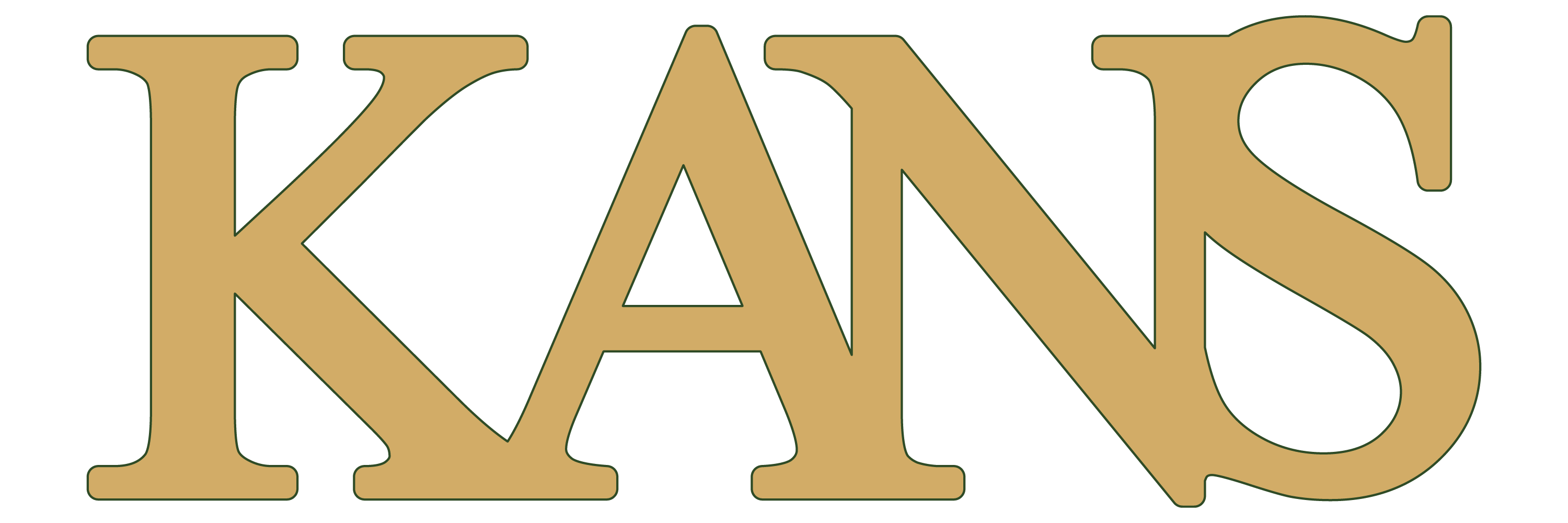The figure of individuals with age-related ophthalmic diseases is on the rise, and considered as a central cause of vision loss in the elderly age group. Cataract is still the key cause of visual impairment and blindness worldwide, but other age-associated ophthalmic diseases, including AMD, diabetic retinopathy (DR), and glaucoma, are not much less in developed countries. According to World Health Organization (WHO) most recent published report, approx. 2.2 billion people have a near or distance vision impairment, globally. The majority of people with vision impairment and blindness are over the age of 50 years; however, vision loss can affect people of all ages. The use of AI in various fields of medicine holds promise for massive screening program and perhaps helps in establishing a diagnosis with high sensitivity and specificity. The technology is not very new, and its application is expanding in various subspecialty of ophthalmology. The capacity to build complex computing to execute pattern recognition of different vision threatening conditions by developing intricate relationship based on providing image data and then evaluating it with performance standards. Unfortunately, the existing technology fail to detect associated multiple conditions for instance glaucoma and AMD, while screening for a particular serious sight-threatening condition such as DR. Considering the overwhelming incidences of various sight-threatening disorders, such as AMD, glaucoma, and cataract, with age, massive AI technology-based screening program is required with high accuracy to delay or prevent blindness in susceptible individuals. An algorithm is needed to involve deep learning (DL) and add decision-making capability in the technology. The required software must be highly proficient in distinguishing all the necessary parameters of AMD, glaucoma, and cataract while screening process, and make proficient diagnosis in a cost effective manner. In addition, the technology facilitate ophthalmologist in monitoring respond to treatment with great accuracy.
The Challenge:
How can Artificial Intelligence (Al) technology help in the screening and diagnosis of vision threatening conditions in various age groups?

International Center for Chemical and Biological Sciences (ICCBS)
Pakistan
